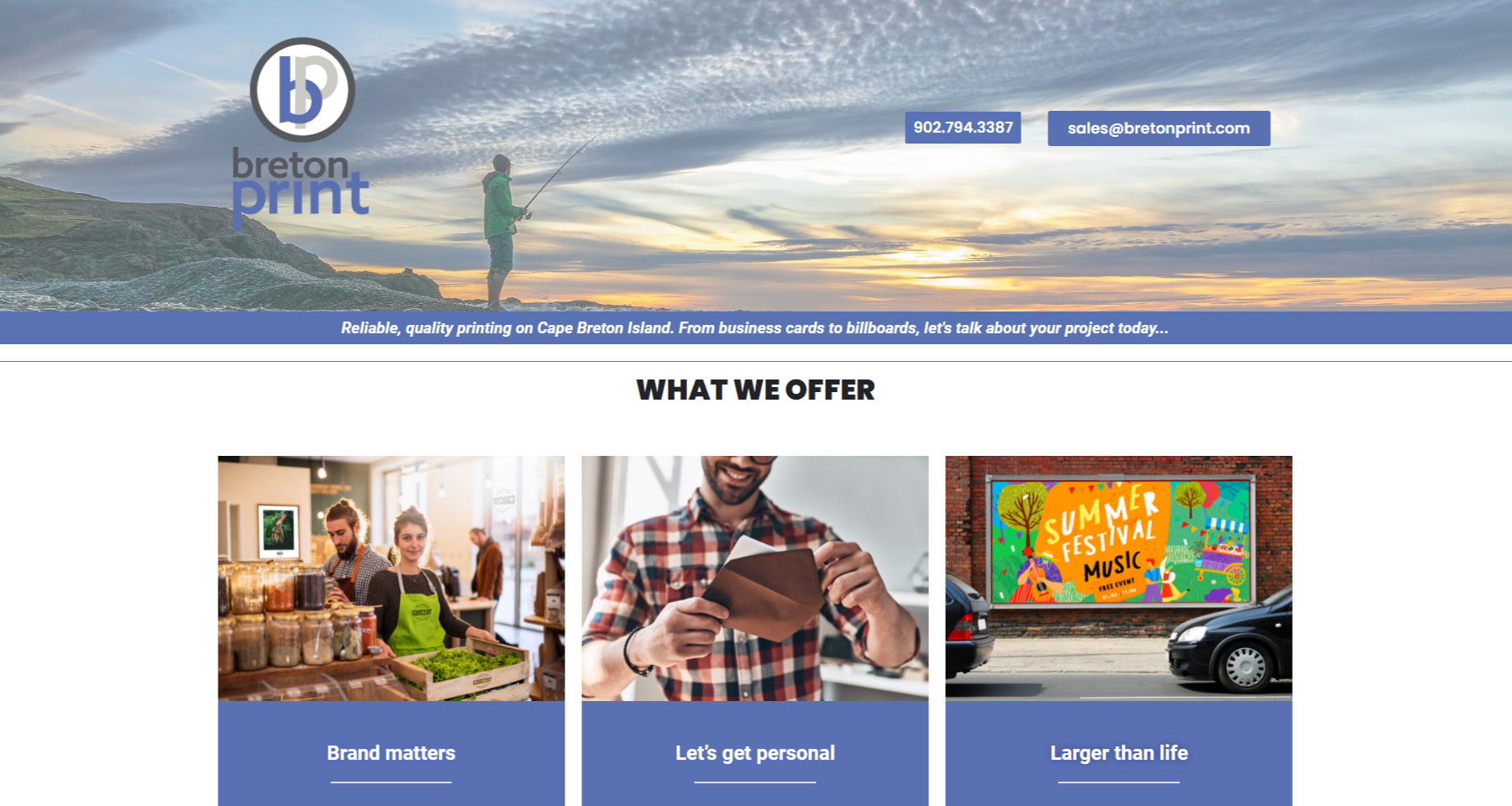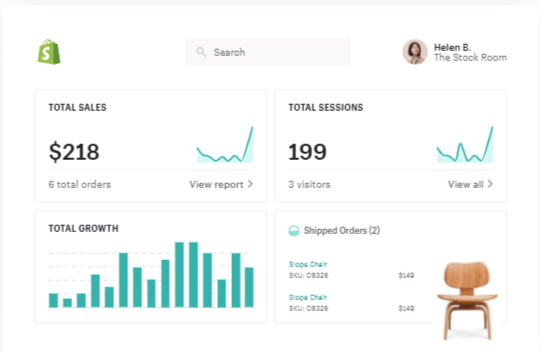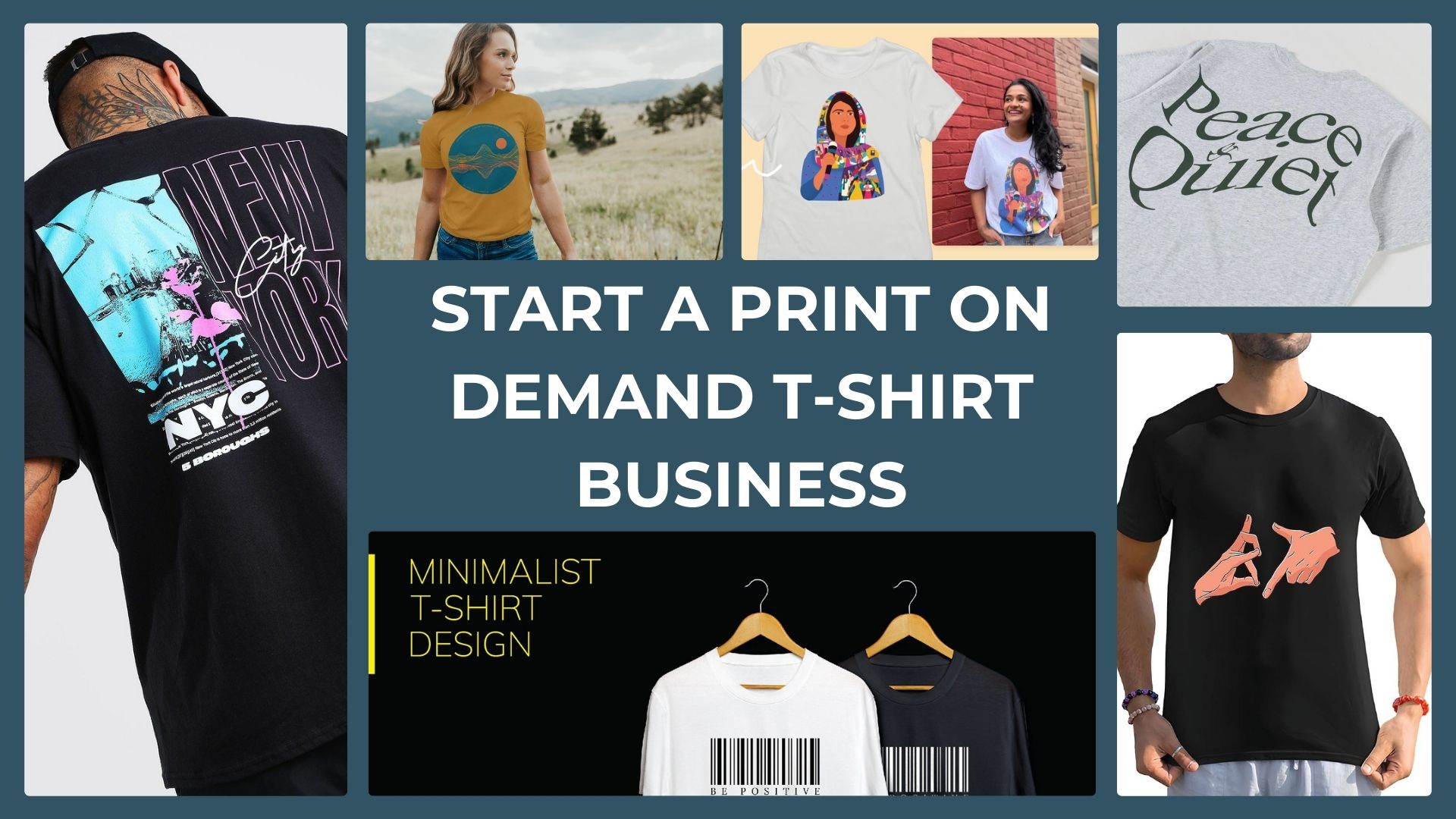Other Usefull Contents
You can see many success stories from our customers, and you may be one of them in the future
0 Reply
Custom order print tracking and management are crucial for a printing business. Sometimes, the process can become inefficient when dealing with multiple orders, customer personalizations, and various factors that could complicate your workflow. That’s where you’ll need the best customer service software tools that greatly help you streamline your workflow. Aside from streamlining processes, these tools can also increase customer satisfaction. In this article, we’ll dive deeper into why you should use customer service software in custom print order tracking and management by giving this solution various benefits and use cases. So, let’s dive in.
Read More0 Reply
Here’s everything you need to know about this year’s cow print trend. Better make room in your closet, because cow print is the moooove this season.
Read More0 Reply
Do you want to know “how did he start”? I am going to tell you his story about starting a successful business right now.
Read More


.jfif)











Today, businesses have to compete with many suppliers with different products and different quality, with the change that customers today are less loyal to a supplier. Customers can switch from one vendor to another for the best prices for products and services.
We all understand that a great customer experience leads to a higher conversion rate. The closer you connect with your customers, the more personalized your approach will be. It can be beneficial for you, but it can also backfire if you don't understand that there are different types of customers.
Customer outreach helps your business gather customer information, build relationships and trust with customers. Because customers are the ones who bring in revenue for your business. Therefore, approaching customers is critical to help businesses survive, sell, increase competition and aim for sustainable success in the future.
Therefore, here are Different Types of Customers and How to Approach a customer. Let's explore.
What are the types of customers? Why should you handle them differently?
Each customer has a different personality, and each person goes through a different phase in the funnel. For that reason, having the same approach of handling all of your customers can lead to a bad customer experience.
If you think you'll have a lot of time to get it right because you're a favorite brand, think again. Imagine losing a quarter of your customers in just one day. Good. Because that's exactly what can happen after a bad customer experience. In America, even if people love a company or product, 59% will leave after some bad experience, 17% after only one bad experience.
32% of all customers will stop doing business with their favorite brand after a bad experience. In Latin America, 49% say they'll leave a brand after a bad experience.
With all this in mind, instead of treating all your customers one way, if you segment your customers into different stages and treat them in the right way. You will be able to make a big difference in brand reputation and generate quality revenue streams.
Types of customers: Before the Purchase
1. The Lookers
They are new people who are just looking at the products or services you offer. They may also be looking at your competitors. Currently, they have shown their interest, but have not made any decisions yet. For these types of clients, you need to know how to get their attention.
How to Approach Them?
Make your website look attractive. A website optimized for SEO, visually appealing and easy to navigate will attract them by offering discounts on products, giving away discount codes, or always reminding them to continue buying when their favorite shopping cart. they are having product pending payment.
2. Discount customer
Discount customers are the type of customers who see value in the product you offer but want to buy at a discounted price. Selling products to them is not possible. Discount customers often search for more information about the terms and discount policy you provide. Once the deal is over, it's hard to keep customers off. If you are offering a service at a discounted price, the discount customers will be the ones who leave when the offer ends. To increase your chances of retaining this group of customers, you need to make sure to show them that they not only get a discount on the product, but also get great customer service when making a purchase.
So, How to approach these types of customers?
Offer added value: To keep customers off, you need to make them understand the value you're adding to your product even at a discounted price, something they can't get elsewhere. That makes them feel that they get a good deal.
Explain the deal: Clients with discounts are often looking for the best deals, so they want to understand the exact offers and terms you offer. Therefore, provide details of the necessary terms of the agreement to avoid any confusion.
3. Researchers
Researchers will evaluate reviews, compare and contrast product features and rate service levels among vendors or retailers. Their research will likely take place online and in store. These types of customers will leave your store if your product information is less compelling than your competitors. But if you can win the information race, they'll still be back for you.
So, How to approach them?
Provide detailed information about your products and the services you provide. Post FAQs, post pictures and instructional videos about your website or products to encourage, attract, and interest customers to review and evaluate your service. Besides, you can change the researchers' decisions by adding social evidence or case studies
Focus on value proposition: make them realize they're getting something that neither side can give them.
4. Impulsive customer
This is the type of customer that can make a buying decision immediately, as long as the conditions are right. You see, impulsive customer doesn’t need much convincing to make a purchase. You don’t need to warm this prospect with value proposition too much. Also, the fewer steps involved, the higher the incidence of impulsive customer purchases. Eliminate any distractions and unnecessary steps to ensure that they have a smooth path to the completion of the purchase process.
How to approach these types of customers?
Simplify the checkout process: make sure you're on top of the simplest checkout step, which includes less information and fewer clicks
Urgency is also relevant to this type of customer. Give them deals with deadlines to create urgency, and push them to move into the buying process quickly.
5. Potential customer
A potential customer is a customer who just started your sales funnel. In fact, this is not your customer yet. However, you have hope to change that. They are leads that need nurturing before making a buying decision.
How to approach them?
Show potential customers what they can get out of your product. You can either do it yourself or direct him to a resource like a landing page or a case study that will do it for you.
Make sure potential clients know they can ask for help or advice at any time. Even if the customer wins they need it immediately, they will appreciate the offer.
6. Cautious consumers
Not all customers are Internet savvy and buying online is a major hurdle for online entrepreneurs. Consumers are very cautious and always learn about your business to see if it is safe and reliable. These types of customers will give up and stop buying from you if they find it unsafe.
How to approach them?
Commitment to payment security to customers. Actively assisting in customer care, making it easy for customers to contact and respond promptly. Show positive reviews from the media and customers about your business.
7. Online Shoppers
Some customers feel more comfortable shopping on e-commerce sites they know well. These may include a few important brands as well as trusted markets like ASOS, Amazon. However, online stores also have plenty of opportunities to be a favorite for big-name discerning shoppers - as long as both the store and the website meet expectations.
How to approach them?
List your products on trustworthy websites; Get your own ecommerce website up to the top. Offer leads and loyalty programs.
Types of customers: After the Purchase
8. New customer
New customers make their first purchase. They are still trying to understand your product and need guidance. This is the stage when you make a lasting first impression.
How to approach them?
You can earn a long-term customer by investing some time in explaining how your product works and making sure new customers know how to use it. You can do that with the right referral process.
Even if you provide an automated referral service to a customer, have the option of direct customer service. It will go a long way in situations when the client has a question not covered in the introduction.
9. Active Customers
Active customers are those who are actively using your product or service. But they are not your loyal customers yet. This means, if your competitor offers a better deal, active customers are likely to convert. Hence, it is important to nurture them properly, instead of ignoring them for using your product.
How to approach these types of customers?
Focus on the wishes of the customers. Customers are here to achieve their goals. For that reason, if you strive to lead your customers to achieve their goals, it will make them stick with you for the long term. In addition, engagement is what influences the decision to stick with a brand. If you take care of them along the way, they'll think twice before deciding to switch to your competitors.
10. Unhappy Customers
Unhappy Customers are the most delicate ones to handle as soon as possible. These are customers who have used your product or service experience but are not satisfied. Failure to take care of unhappy customers at the right time can create a social media crisis, a negative reaction and a wave of brand boycott.
It is important to treat unsatisfied customers in the right way and at the right time.
How to approach them?
Subscribe to customer service channels and social media so you can spot complaints and negative comments quickly. Resolve complaints promptly as soon as possible to avoid the worst possible situations.
Proactively chat directly and ask customers for feedback. This way, you are solving the problem from the very beginning and preventing happy customers from turning into angry customers.
11. At-Risk Customers
At-Risk customers are those who may have stopped using your services because they lost interest, or have chosen to use a competitor's service.
How to approach them?
You should try to personally contact these customers to check out why they are not using your service lately. But you should make sure you don't disturb them in this way.
Some customers may have made a decision, but a few may change their decisions based on your interactions with them. So this is definitely worth a try. Again, understand their pain points and try to fix them.
12. Lapsed customer
They have left, but did they really leave? Sure, you haven't provided enough value or your customer service is lacking. You made them angry and they shut down your brand.
We humans, we like familiar things. We hate changes in general. If you manage to get rid of any issues, your customers can come back.
How to get lapsed customer comeback?
Before you reach out to these types of customers, make sure you've fixed all the problems. There will be no second chance, therefore timing is crucial. Prepare some great deals or a new product, knowing your problem is gone. Then ask the customer to join you again.
Types of Customers: Loyal
13. Loyal customer
Customer loyalty is very important to any business. Loyal customers are the best type of customers to have for your business. They stay here as long as you make a sale. These types of customers keep coming back to you to buy different products and services and they seem impressed with your brand.
How to approach them?
Introduce your loyal customers on their case studies or testimonials. This will make them feel more valuable and you have more social proof to add to your website.
Learn from their experience: find out what turned customer into a loyal customer and make sure you can make it happen with other customers.
14. Lifetime Customers
Lifetime customers are even better versions of loyal customers. They have a lifetime subscription to use your product or service.
How to approach them?
You often tend to ignore the customer for life and focus on other customers. However, these are the customers that generate regular revenue for you and bring you many new customers. As a result, creating value for them and making them part of your community will make your lifetime customers feel special.
You can check out How To Approach Potential Clients
Can you keep all types of customers satisfied?
The answer is yes. However, it will be easier if you know what kind of customers they are and what their needs are. Hope that the article of 16 Different Types of Customers and How to Approach Them is useful to you.
Discover more about WordPress and Magento themes and plugins, visit CMSmart.net
Thank you and best regards.
Jennie